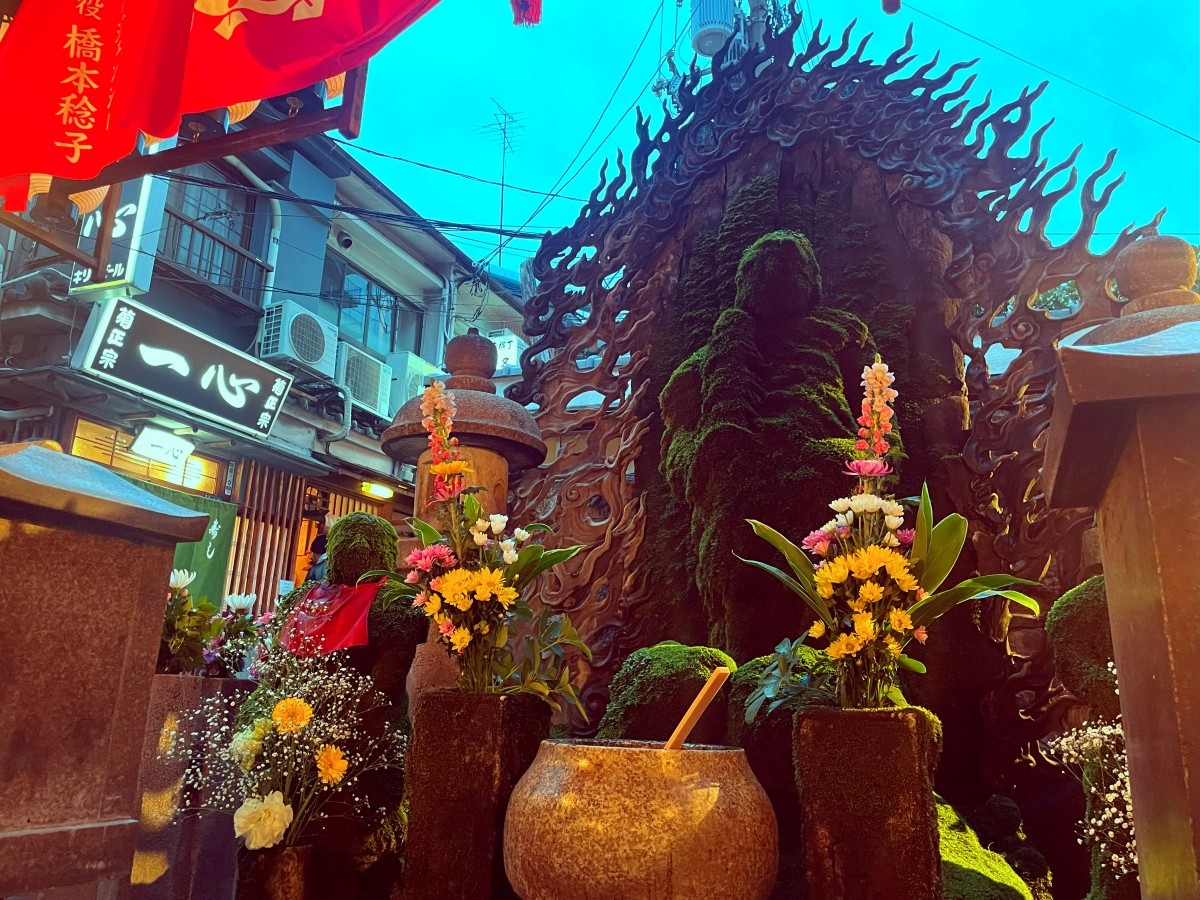
Hozenji Temple stands quietly in a back alley of Dotonbori, just a short walk from Osaka’s bustling Namba district. It is truly an oasis in the city, home to a rare water-splashing Fudo Myoo statue completely covered in green moss. This temple, which has overcome many hardships and received countless wishes from visitors, holds a little-known history and unique charm. It is a spiritual spot you should definitely visit when sightseeing in Osaka.
In the Heart of Osaka's Minami, The Stories of People Woven by Hozenji Temple
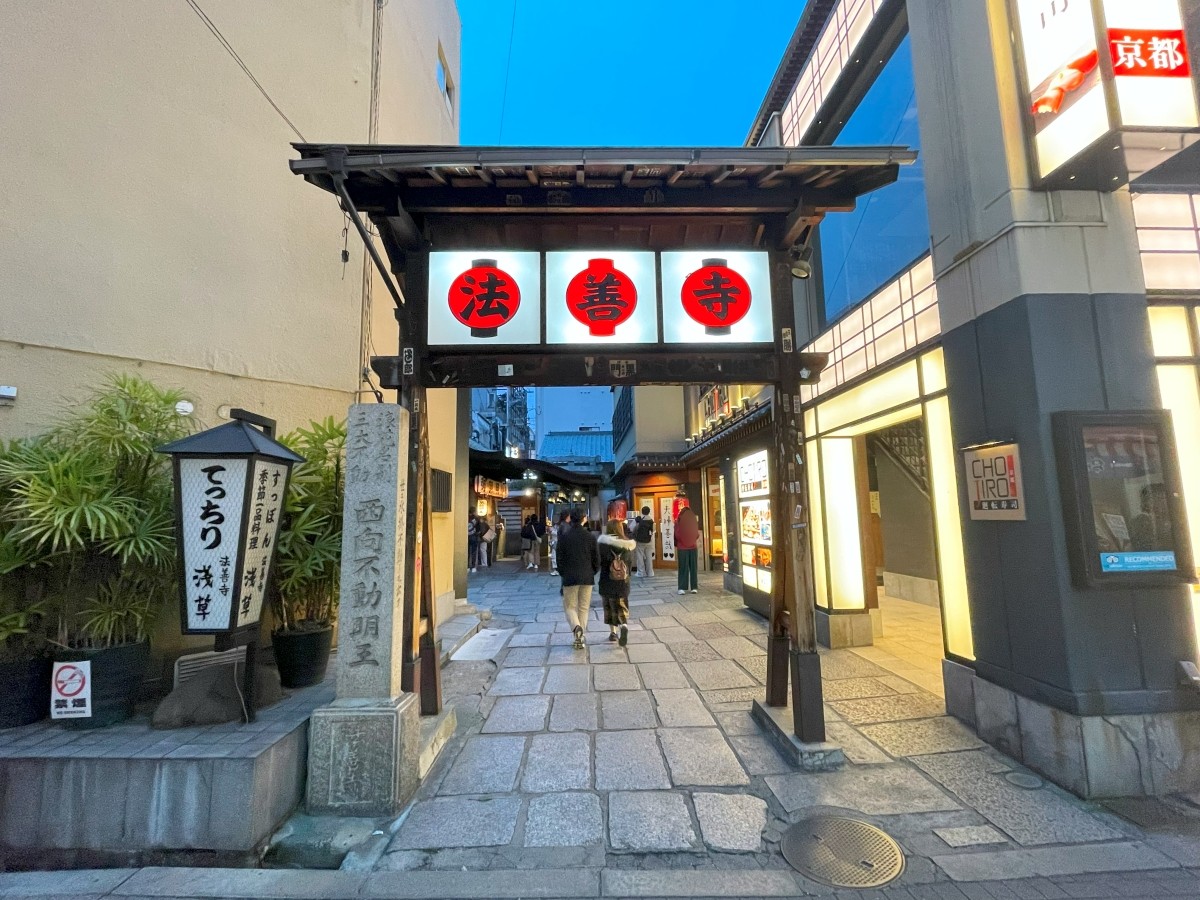
Osaka Minami, Dotonbori. The neon Glico sign sparkles and a giant crab sculpture towers above, watching over passersby. This is one of the most energetic neighborhoods in Japan. Just one step off the main street into a side alley, however, reveals a mysterious corner where time seems to have stood still. This is "Hozenji Yokocho."
In this alley with its damp cobblestones, lanterns sway, casting a warm light, and long-established traditional kappo restaurants and stylish bars line up side by side... At the center of this atmospheric alley stands "Hozenji Temple," our destination today. Many tourists stop and point their smartphones toward a Fudo Myoo statue completely covered in vibrant green moss to an unusual degree called the "Mizukake Fudo" quietly standing there.
The "Nishimuki Fudo Myoo" (West-facing Fudo Myoo), affectionately known as "Mizukake Fudo" (Water-splashing Fudo)
Why is it so thickly covered in moss? Why does such a nostalgic and sacred space for prayer still remain like a miracle in the heart of a modern city?
To uncover the answers to these questions, we spoke with Shinei Kanda, the deputy chief priest of Hozenji Temple. What emerged was a hidden story of the temple and the neighborhood, a story shaped by countless prayers from nameless individuals and a long history that has endured through the hardships of war and fire.
What Miraculously Remained in the Ashes of Minami
The history of Hozenji Temple dates back to the early Edo period, around the late 1620s to early 1630s. Originally, it was a temple built in Uji, Kyoto by Kinun-hoshi, but according to a dream revelation received by his successor, Chuyo Sennen Hoshi, it was moved to this "land of Naniwa" in the 14th year of Kan'ei era(1637).
“There is now a temple called Hozenji, but you must move it to the land of Naniwa. It is close to a port. Make it a temple that protects that port.”
Following this message from Konpira, the sea-protecting deity, the temple was moved to Osaka. The area in front of the temple eventually came to be known as "Sennichimae." The most well-known explanation for this name is that it originated from a memorial service that was held continuously for one thousand days to pray for the souls of those who died at an execution site that once stood nearby. However, Deputy Chief Priest Shinei Kanda also shared a new theory.
“Recently, a professor from Osaka Metropolitan University looked into this, and it seems there is a record suggesting that rather than chanting prayers continuously for one thousand days, they may have held memorial services every '1,000 days', more like events. We still don’t know for sure which version is correct...”
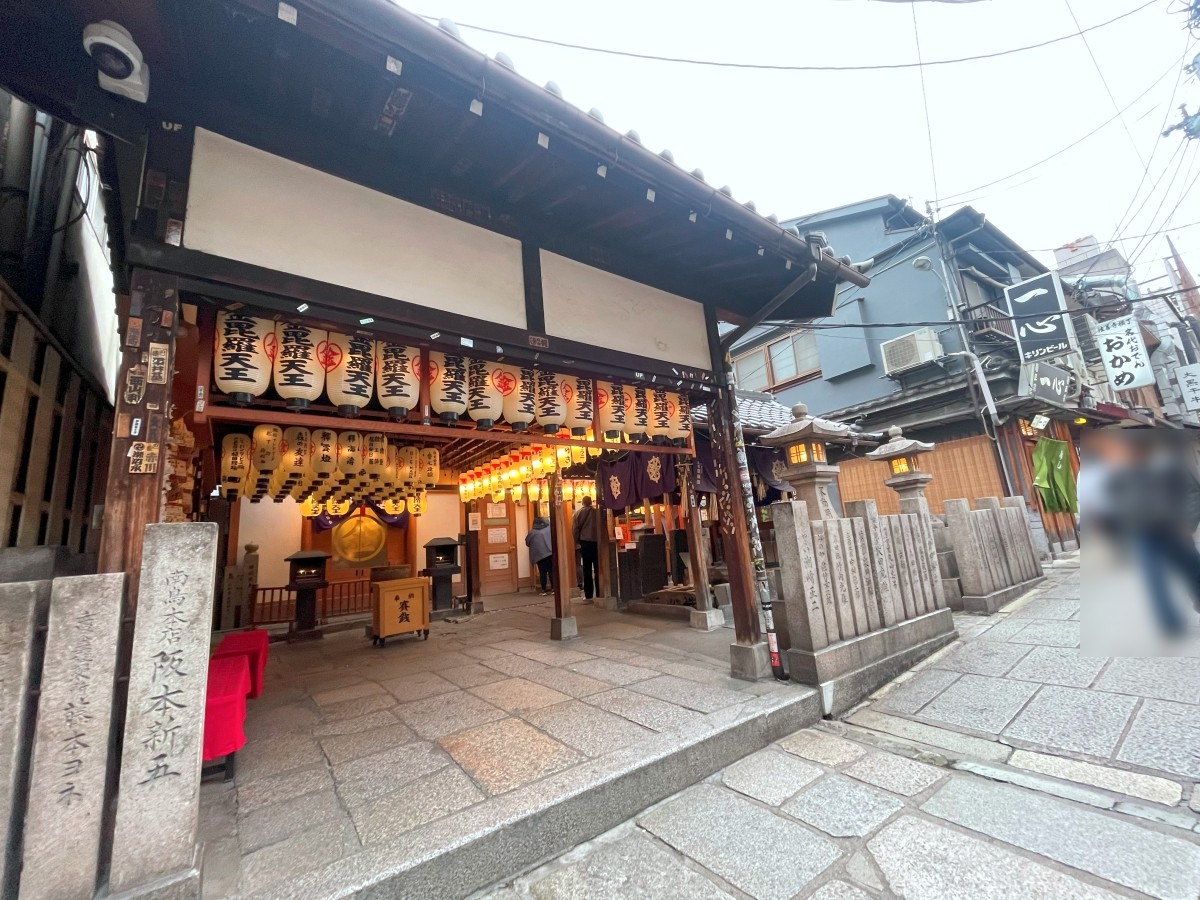
In fact, very few historical records remain at Hozenji today. On the night of March 13 to 14, 1945, during the Osaka air raids in World War II, the entire Minami area was engulfed in flames.
“Everything burned down,” says the deputy priest. “The grand main hall, the temple gate—everything. The only things that remained were the Mizukake Fudo we now enshrine, the neighboring Konpira statue, and the well used to splash water on the Fudo. That’s truly all that was left. People often ask us to tell them more about our history, but we simply don’t know.”
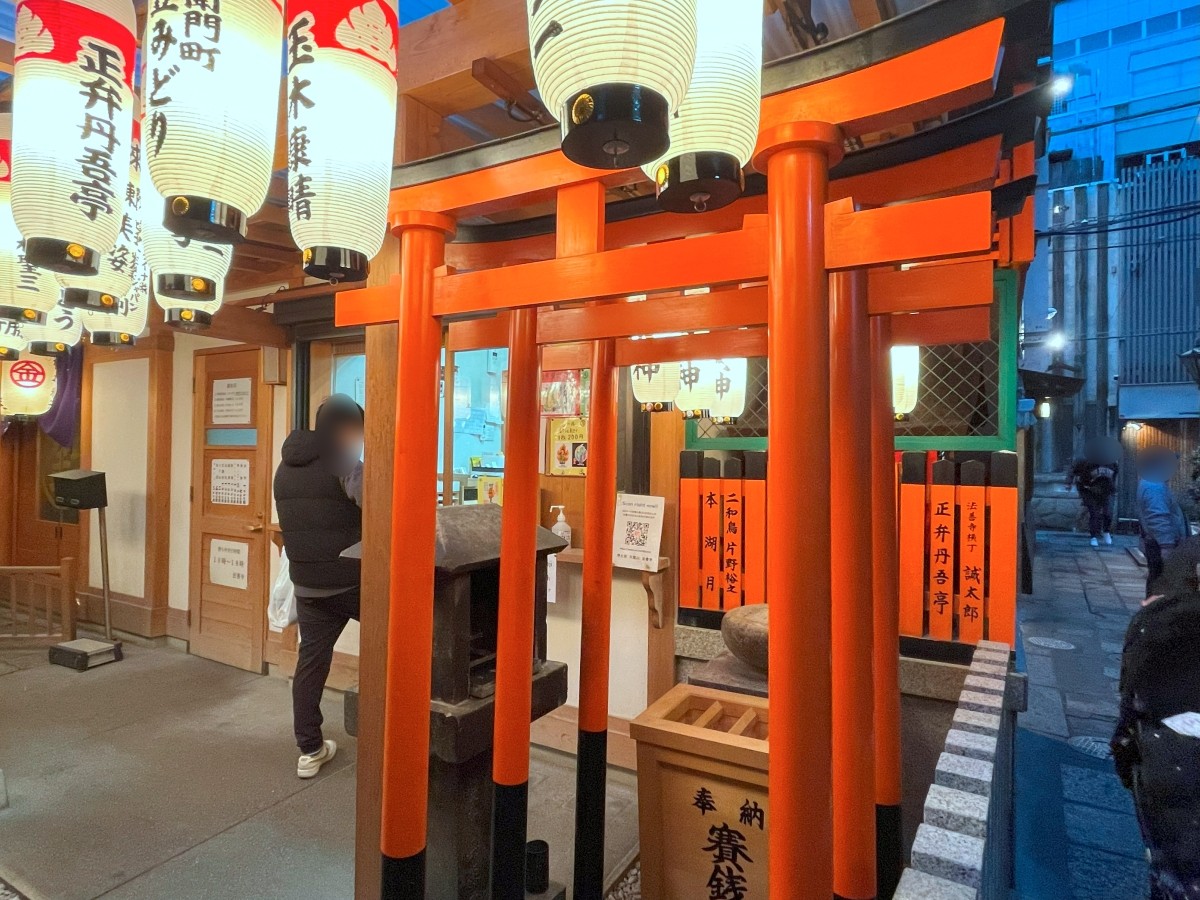
In Minami, reduced to ashes, the Fudo stood alone among the ruins. For those who had lost everything, how much hope that solitary figure must have offered. The postwar history of Hozenji began with this moss-covered statue that had miraculously survived the fire. Even though the temple could not be rebuilt right away, people constructed makeshift stalls on the temple grounds and began to open shops. This became the foundation of the vibrant Hozenji Yokocho we know today. The temple and the town supported one another through the harsh postwar era, walking hand in hand toward recovery.
Why Is It Covered in Moss? The Wishes of the People Entrusted to the Mizukake Fudo
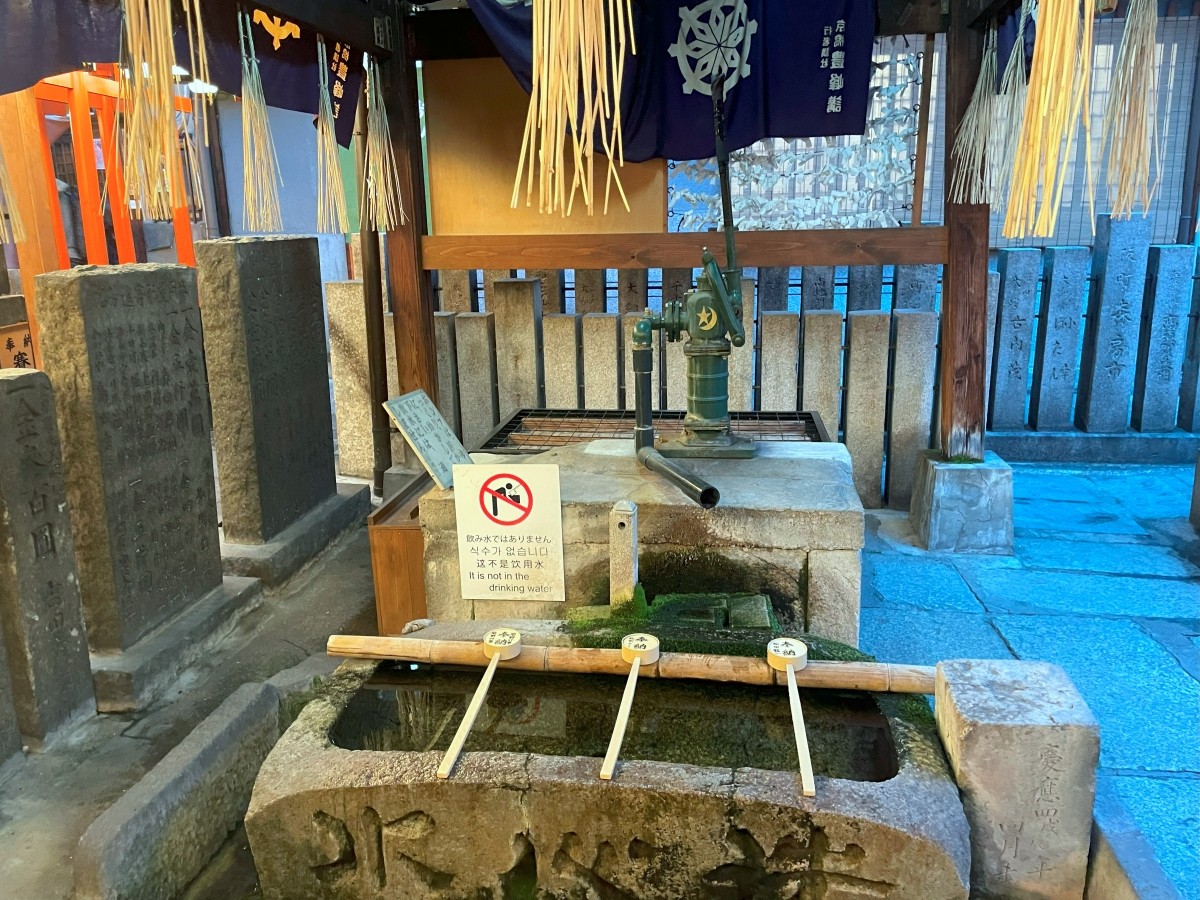
Everyone who visits Hozenji Temple is immediately drawn to the striking appearance of the Fudo Myoo statue. Tourists from overseas are no exception. They often show expressions of surprise and eagerly take photos. The statue is entirely covered in vibrant green moss, which clings to its surface like a robe made of velvet.
Surprisingly, pouring water over the statue was not a tradition from the beginning.
"Water was originally something to be offered to the Buddha, not poured over it", explains the deputy chief priest. The current practice began with the heartfelt prayer of a single woman.
"A woman who was struggling deeply in life happened to arrive at Hozenji through a mysterious turn of fate. Every day, she stood before the statue with her hands pressed together, praying with all her heart. 'Please guide me.' Her wish was so strong that one day, in desperation, she scooped water from the offering bowl and gently poured it at the feet of the statue."
This is said to be the origin of the Mizukake Fudo. Over time, the act of "splashing water" (mizu wo kakeru) became associated with "making a wish" (negai wo kakeru) through wordplay, and the current style of worship, where visitors splash water all over Fudo's body using a ladle, became established.
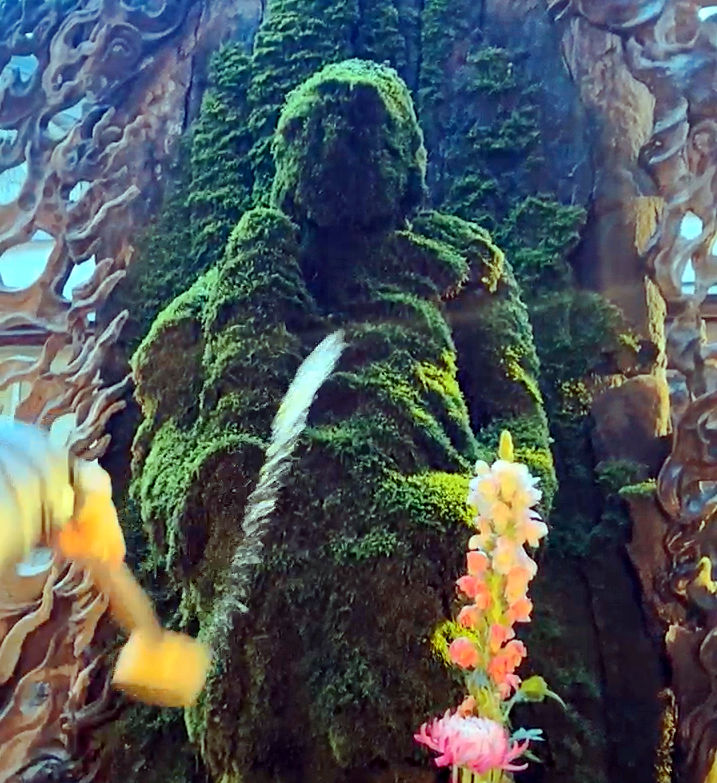
Water can be splashed using a ladle from the water basin in front of Fudo Myo
Of course, there have been some critical voices saying things like, “How could you let a Buddha statue become completely covered in moss?” or “If a grave were covered in moss, wouldn’t you clean it?” The deputy chief priest acknowledges these opinions, saying, “I completely understand how they feel.” However, at Hozenji Temple, the belief is that the moss-covered appearance itself is something truly sacred.
“Think about it. How many years must it have taken for the statue to look this way? How many people have come here to pray, and how many wishes have been made? When we reflect on that, we simply cannot bring ourselves to remove the moss.”
There is strong emotion in the deputy chief priest’s words.
“I believe the Fudo Myoo is saying, ‘Come and make your wish. Even if you pour water on me, I will not be angry.’ He accepts everything. This thick layer of moss is a visible expression of his kindness and compassion. It shows how he takes on the worries, suffering, and wishes of countless people.”
In fact, this green robe of moss cannot be created just by pouring water. The deputy chief priest laughs and says, “Even if you pour tap water on a rock at home, it would never turn out like this.”
It is believed that four special conditions must come together for the moss to grow so richly.
- Special "stone" that makes it easy for moss to grow
- Pure "well water" that does not contain chlorine
- Moderate "sunshine"
- Pleasant "wind"
All of these conditions happened to align perfectly here at Hozenji. That is why this place has become a work of art, woven together by the divine and by nature. The Fudo Myoo statue was once known for its "handsome", well-defined face. Now, that face is no longer visible, hidden beneath the layers of moss that hold the wishes and prayers of so many people.
Overcoming Fire. The Growing Bond Between the Temple and the Alley
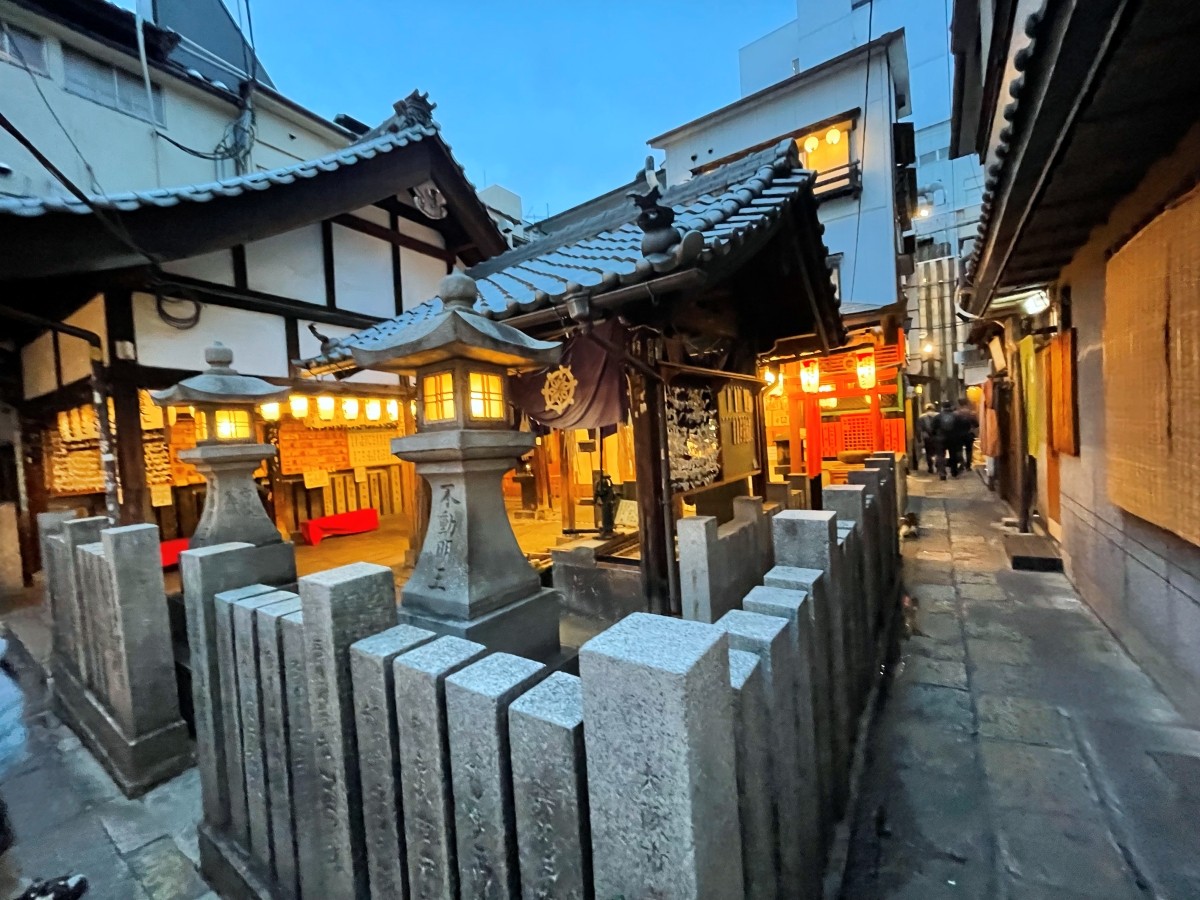
Hozenji Temple and its surrounding alley, having survived the war, were struck by tragedy again in the Heisei era. Two major fires occurred in 2002 (Heisei 14) and 2003 (Heisei 15).
"As you know, this is a narrow alley where only one car can barely pass. Naturally, fire trucks couldn't enter. It was a terrible situation."
Not just once, but twice. There was a possibility that reconstruction might not be permitted. In this desperate situation, many local people and businesses rallied to keep the light of this historic temple and atmospheric alley from going out, launching a petition campaign. Their voices moved the administration, and a special system was applied for the first time in Japan, allowing the temple and alley to achieve a remarkable recovery.
"We always remind each other, 'Let's not let a fire break out,' and even now, we conduct fire drills once a year without fail."
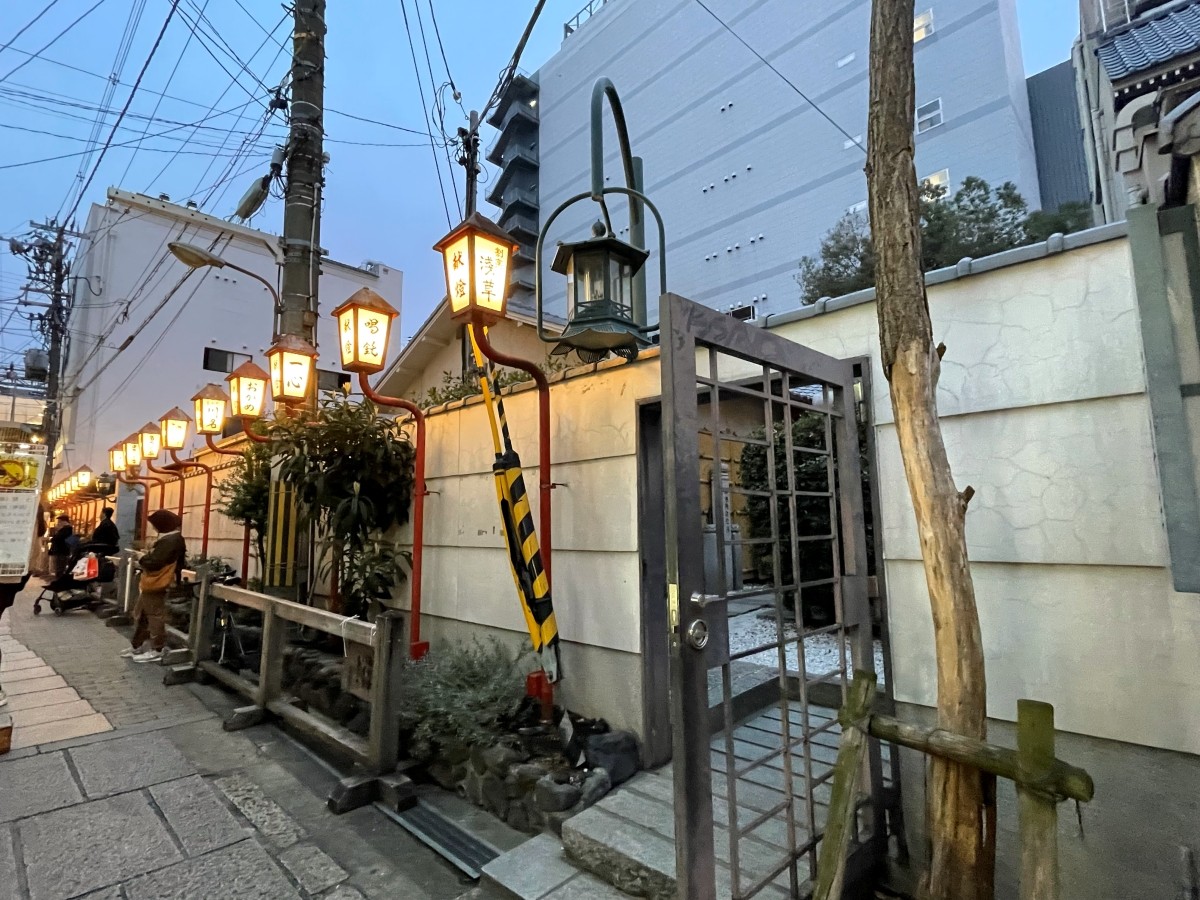
Ironically, the disaster served to strengthen the bond between the temple and the people of the alley. Deputy Chief Priest Kanda recalls that when he was younger, there was some distance between the temple and the local community. But through the shared experience of rebuilding after the fires and more recently overcoming the hardships of the COVID-19 pandemic, the relationship has grown much closer.
The Hozenji area, once an adult district where geishas and patrons frequented and it was said that "it's not a place for children to come," has now greatly changed. Foreign tourists and younger generations now visit casually, and it's a place where Instagram-worthy new shops coexist with long-established businesses maintaining their traditional noren curtains.
Naturally, an increase in visitors brings challenges, such as littering, noise, and smoking on the streets. Still, there is a strong spirit of cooperation throughout the neighborhood, with people working together to protect and preserve this beloved place.
Etiquette and Highlights for Enjoying Hozenji Temple 120%
Rules for Worship
Although Hozenji is full of history and stories, there are no strict rules when it comes to how you should worship.
“There’s no specific order you have to follow. Please feel free to pray in your own way,” says the deputy chief priest. If you wish for success in business or traffic safety, visit the Konpira deity. In the past, goods used to be transported on the Dotonbori River, and Konpira is worshipped here to pray for both safe transport and prosperous business.
For business prosperity, you can also visit the Inari deity. And for any kind of wish, go to the all-powerful Fudo Myoo. The Hozenji way is to reflect on your own heart and start your prayers from the place that feels most meaningful to you.
There is also a video on the temple’s official YouTube channel explaining how to worship. The video is available in Japanese, with versions that include English and Simplified Chinese subtitles.
The moss on the Fudo Myoo is especially beautiful from January to May
If you want to see Fudo Myoo at its most beautiful, there's a recommended season. From winter to spring, January to May, when the air is clear and the moss is vibrant. Conversely, the moss becomes less lively in the hot summer. "That's when we'd like everyone to splash water," is a unique message from the temple.
Annual unveiling of the hidden Buddha on October 9th and 10th
There's also a special opportunity known to few. On the evenings of October 9th and 10th, for just about an hour, Konpira deity is opened, and the hidden Buddha is unveiled. This new tradition started during the COVID-19 pandemic to "pray for world peace."
The 28th of each month is Goma Ritual Day
On the 28th of every month, from 19:00 to 20:30, a Goma fire ritual is held for the Mizukake Fudo Myoo. In this Buddhist ceremony, special wooden sticks called goma-gi are burned in sacred fire as offerings and prayers are made. First-time visitors are often overwhelmed by the intensity and spiritual atmosphere of the ritual.
Omamori charms and Goshuin stamps
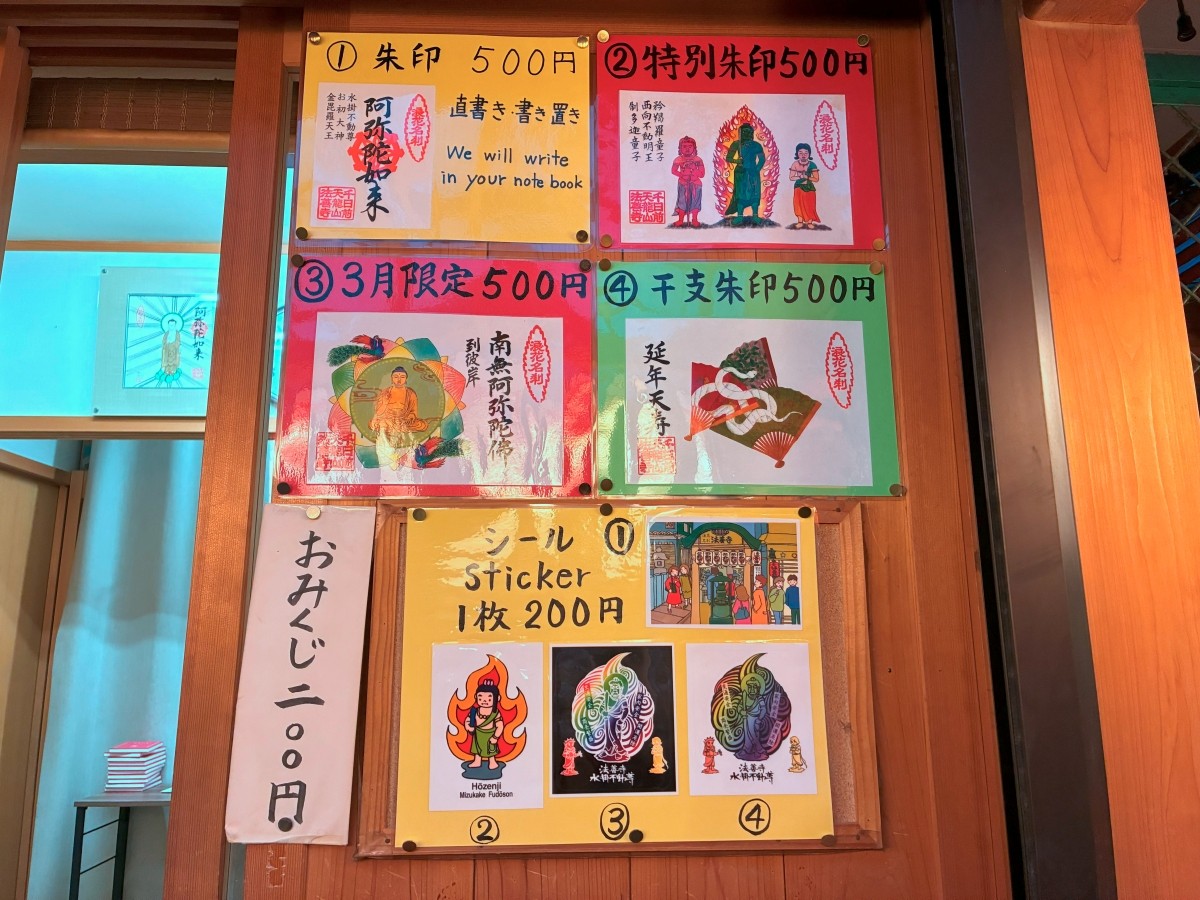
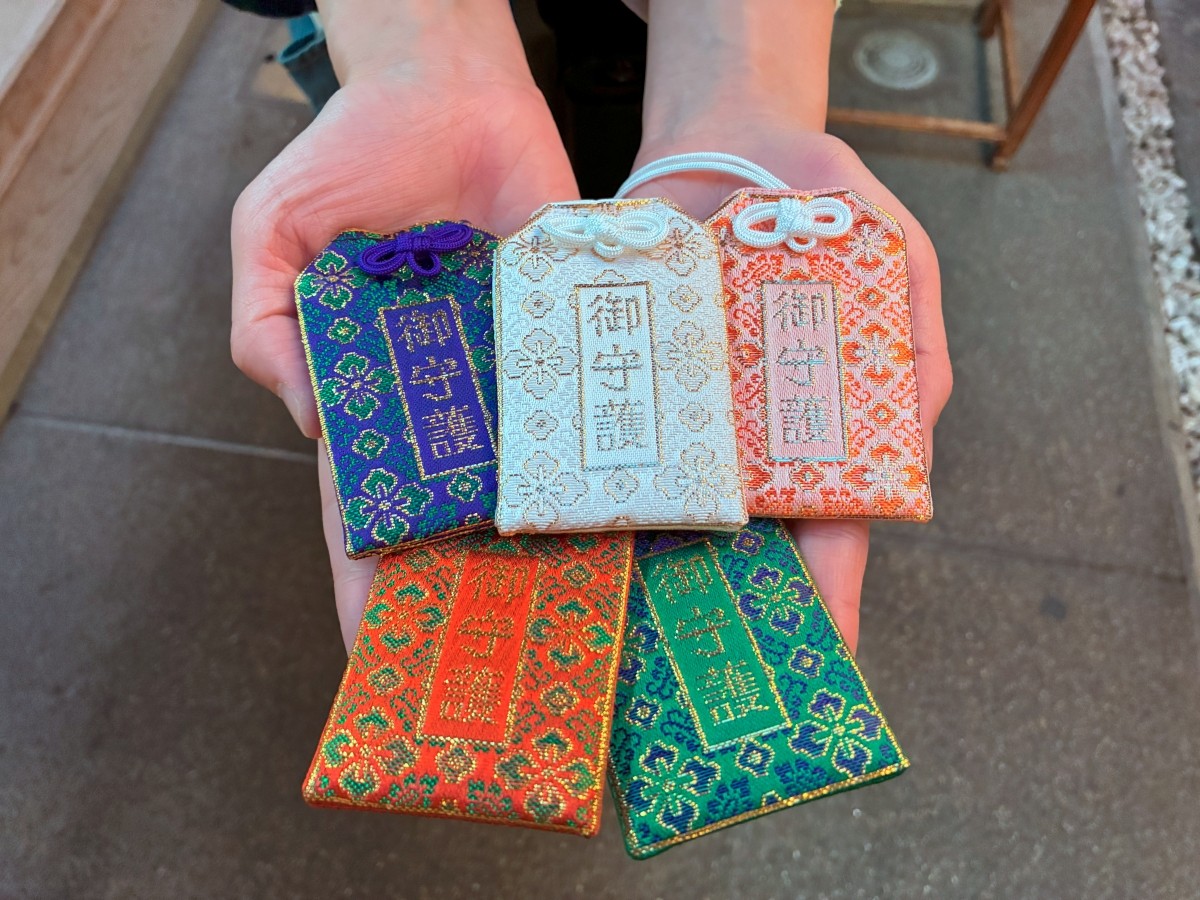
These items can be obtained at the temple office. There are four types of goshuin to choose from and five types of omamori. Goshuin stamp book (2000 yen) and stickers featuring the Fudo Myoo (200 yen each) are also popular.
What's the Deputy Chief Priest's Recommended Gourmet Experience After Worship?

After your visit to Hozenji, be sure to enjoy the gourmet options in the neighboring "Hozenji Yokocho" alley. We asked Deputy Chief Priest Kanda for his recommendation. He said, “Everything is great, but if you’re looking for something that really represents Osaka...” and then suggested "fugu cuisine." Several excellent fugu specialty restaurants are located near the temple, and during the winter season, many people visit the area just for a taste.
When it comes to fugu, sashimi and hot pot are the most common choices. But when the writer mentioned that their favorite is "deep-fried fugu", the deputy chief priest laughed and said, “Well then, let’s say fried fugu is my top recommendation.”
Trying this dish is a fun way to experience the bold culinary culture of Osaka, where locals have long embraced gourmet food without fear of its once-feared poison.
A flame of prayer that endures in the heart of the city
Hozenji is not simply a tourist attraction or an old temple. It is a "living place" that rose from the despair of the Osaka air raids, overcame two major fires, and has accepted all the joys and sorrows of people while continuing to grow alongside the city.
The moss-covered statue of Fudo Myoo stands peacefully, almost as if it is speaking to us. Shaped by the passage of time and the countless lives that have offered prayers here, it feels like a grand monument to human resilience and hope.
Next time you visit Osaka, why not step away from the lively crowds of Dotonbori for a moment and drop by this temple. As you walk through the cool cobblestone alley and stand before the moss-covered Fudo Myoo, gently splashing water with a ladle and closing your eyes, you're sure to hear it. The quiet yet powerful breath of those who have lived in this city and offered their prayers in this place...
Your visit to Hozenji is sure to become an unforgettable memory from your journey.
Jodo Sect Tenryuzan Hozenji Temple
- Address: 1-2-16 Namba, Chuo-ku, Osaka City, Osaka Prefecture
- Worship hours: 24 hours (Office hours 10:00-18:00)
- Access: 1 minute walk from Namba Station Namba Walk Exit B16, 1 minute walk from Nipponbashi Station Namba Walk Exit B18
- Official Website: https://houzenji.jp/
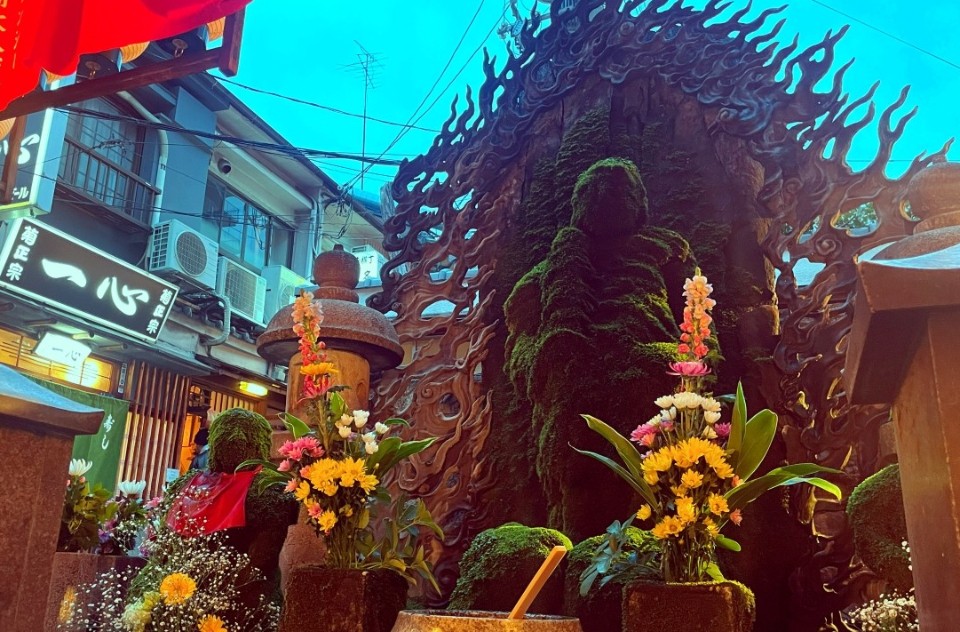

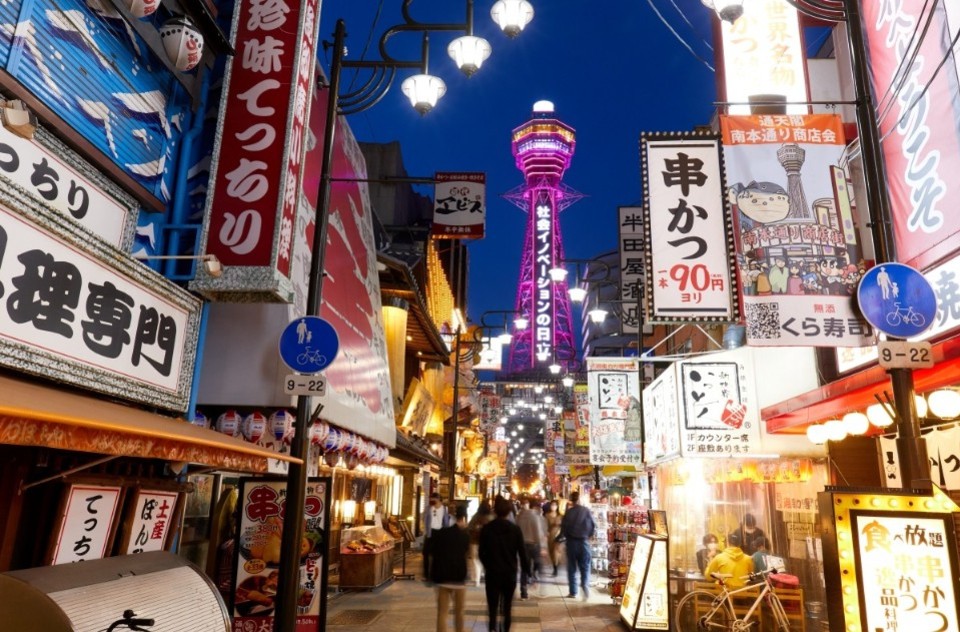
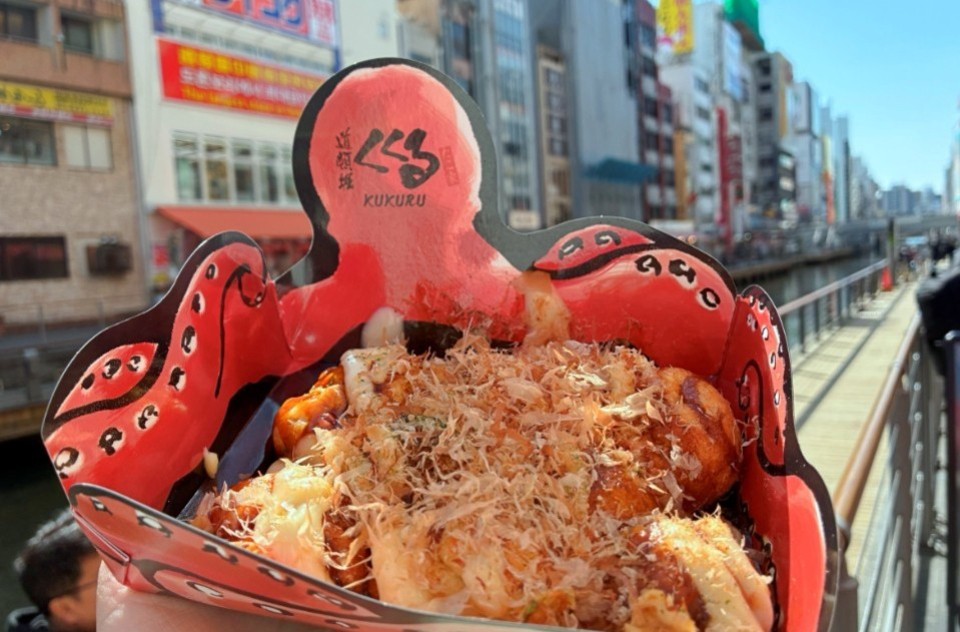
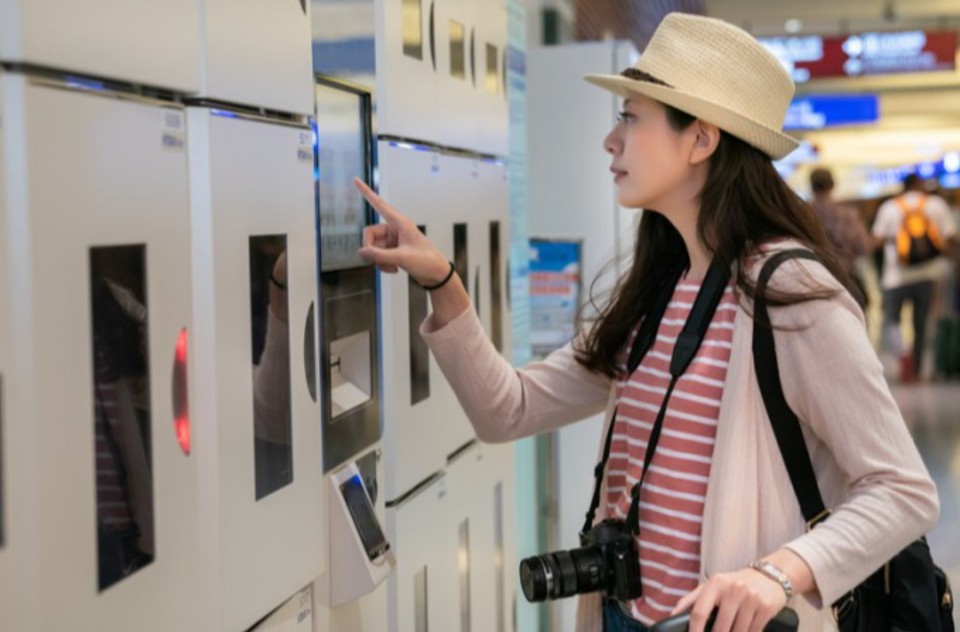
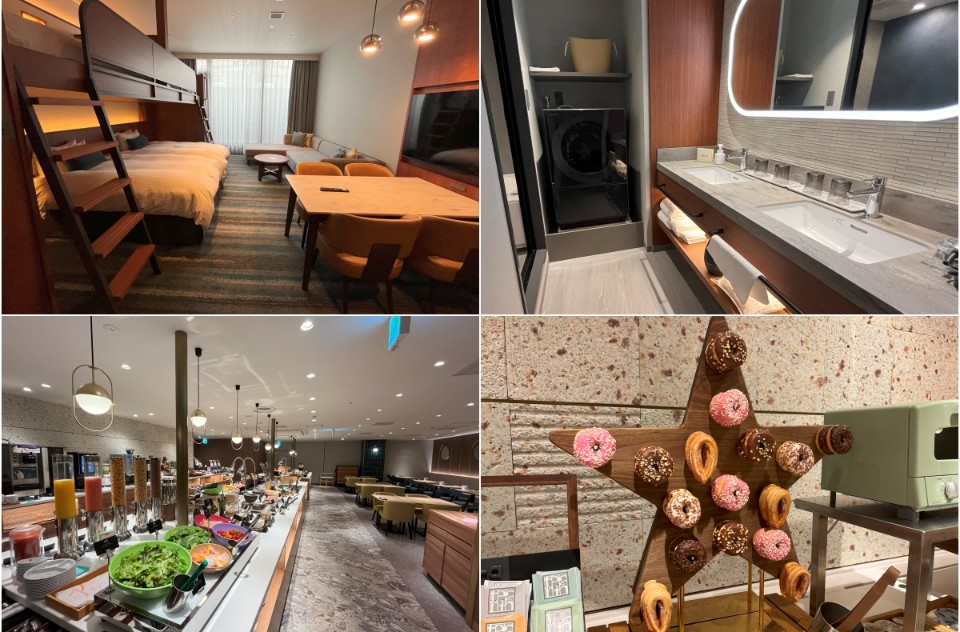
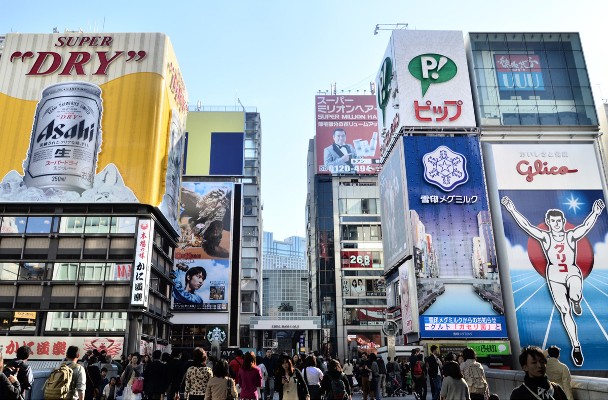
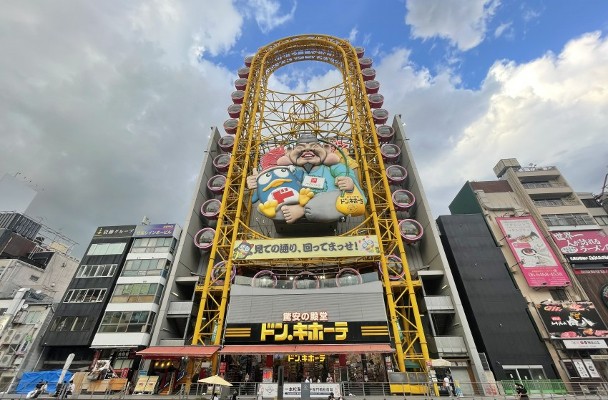
Comments